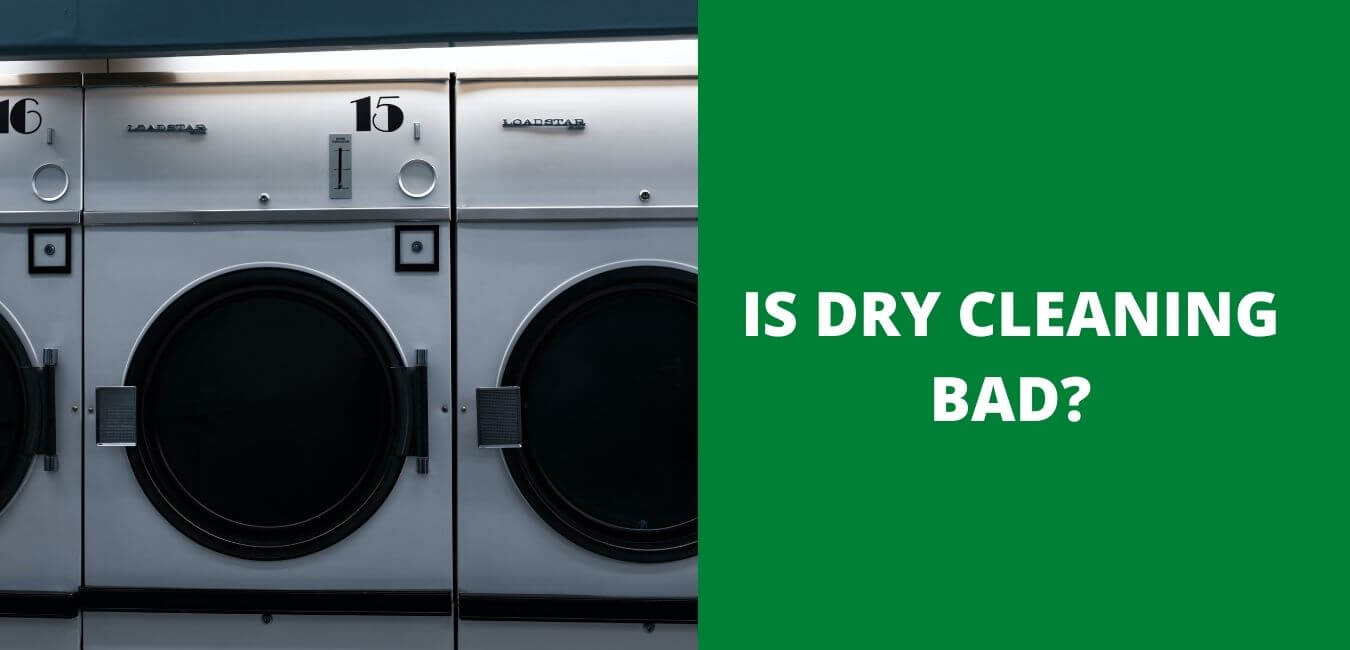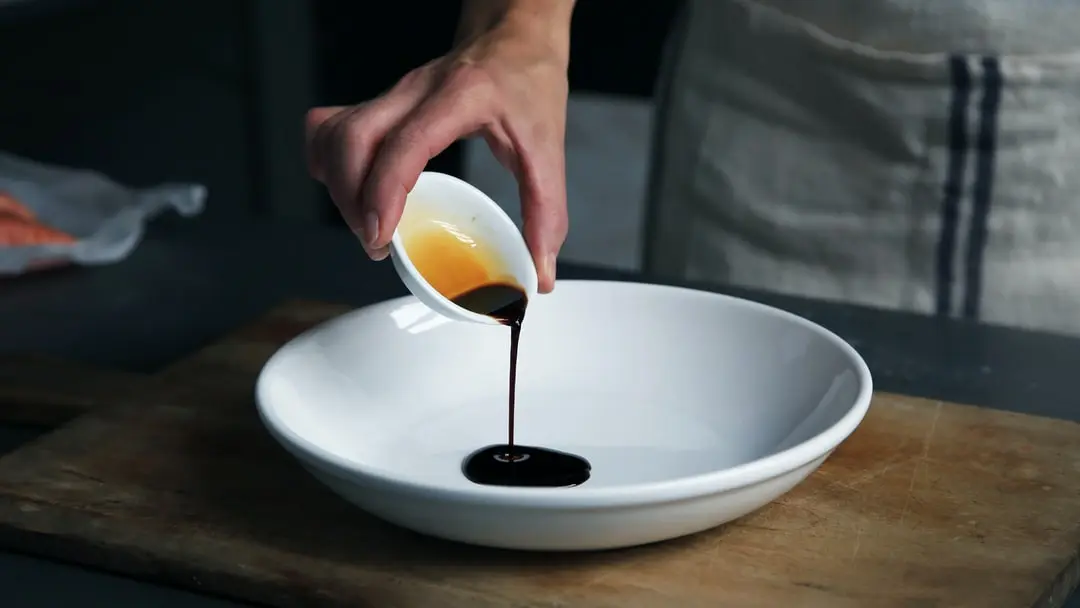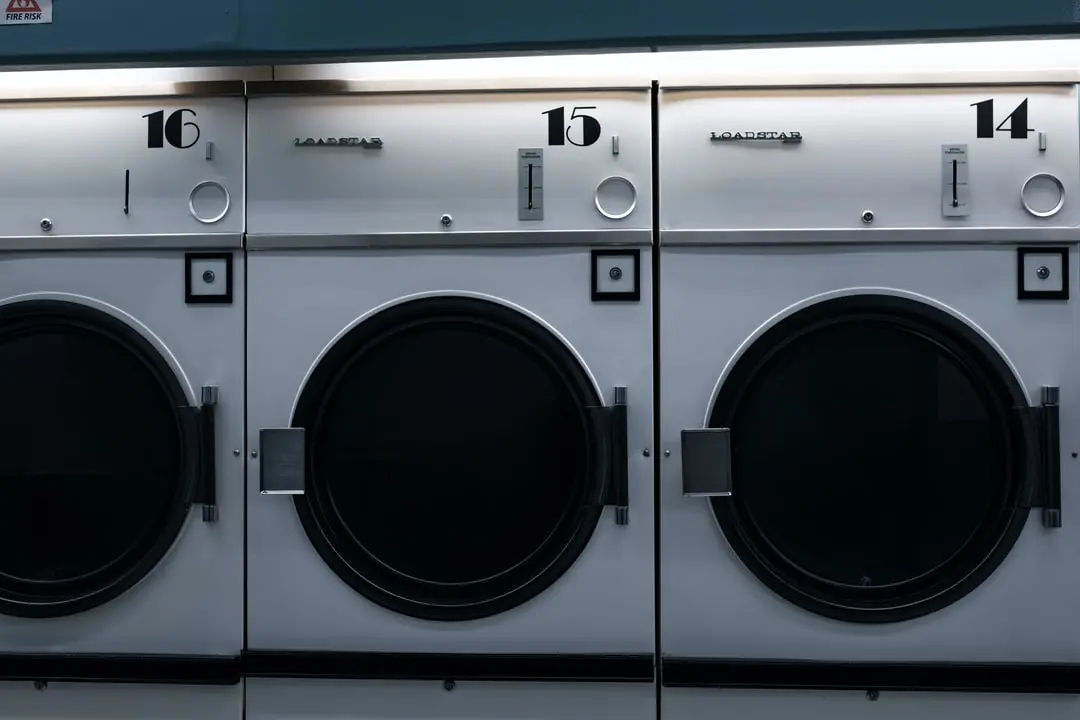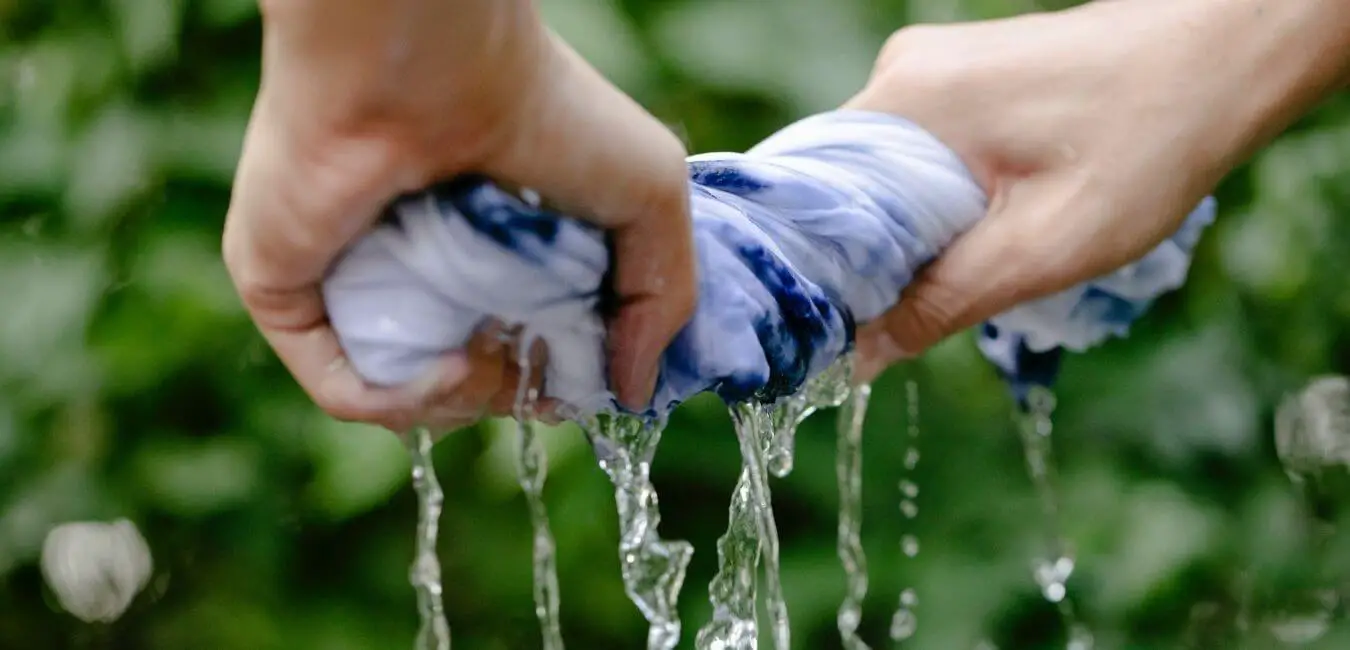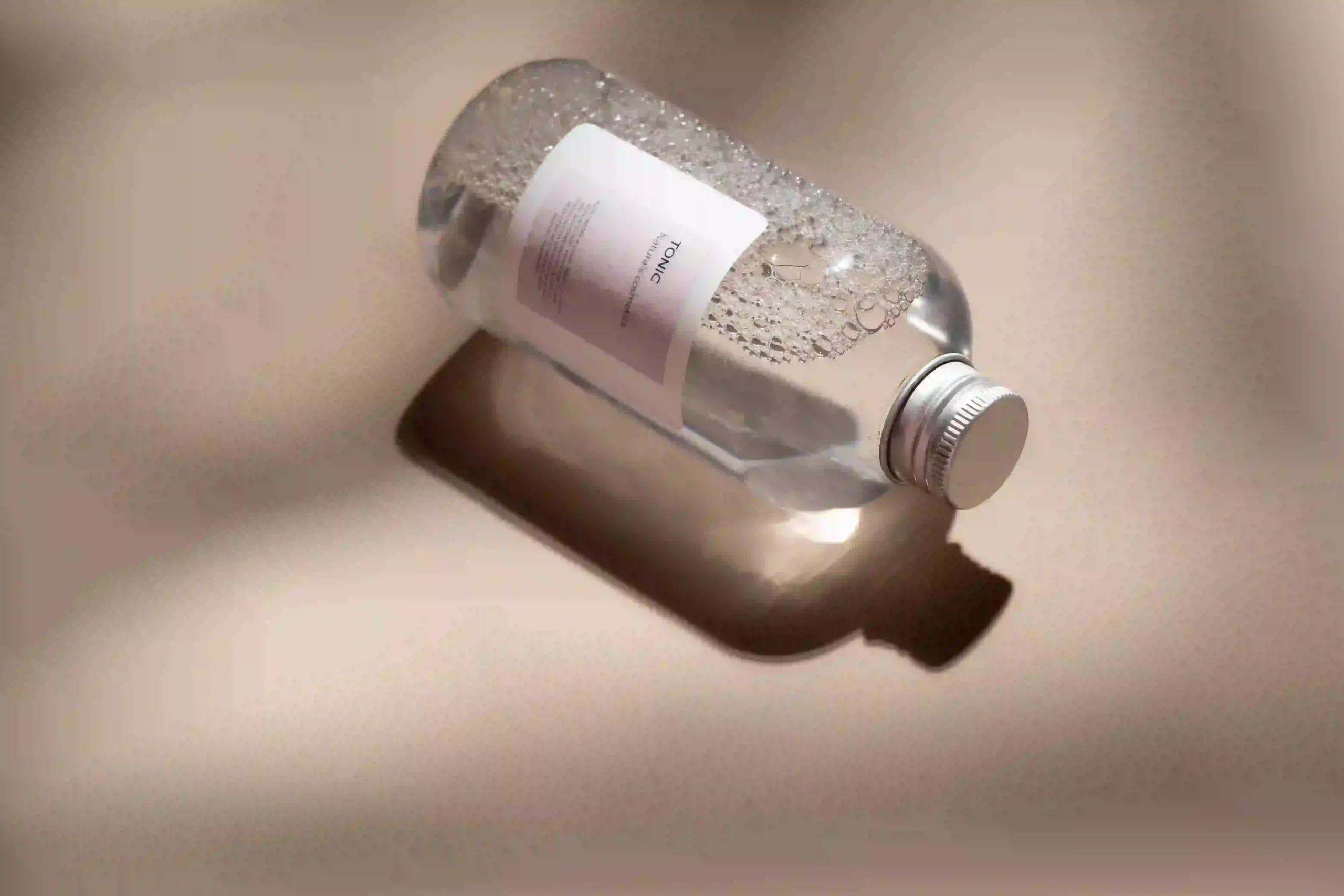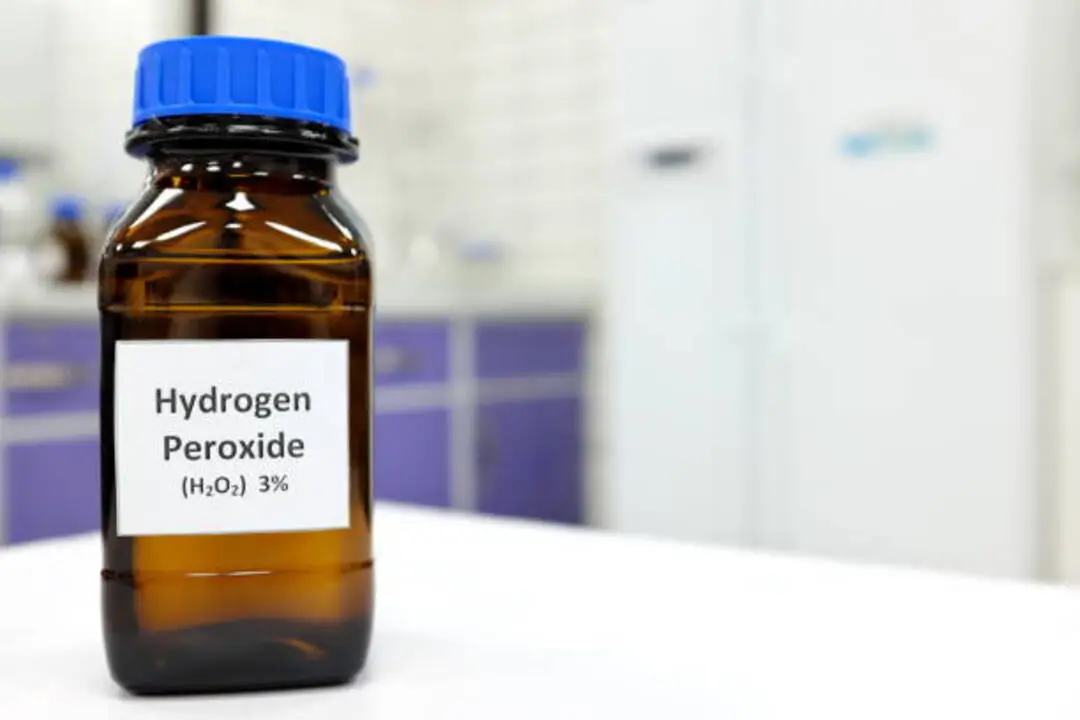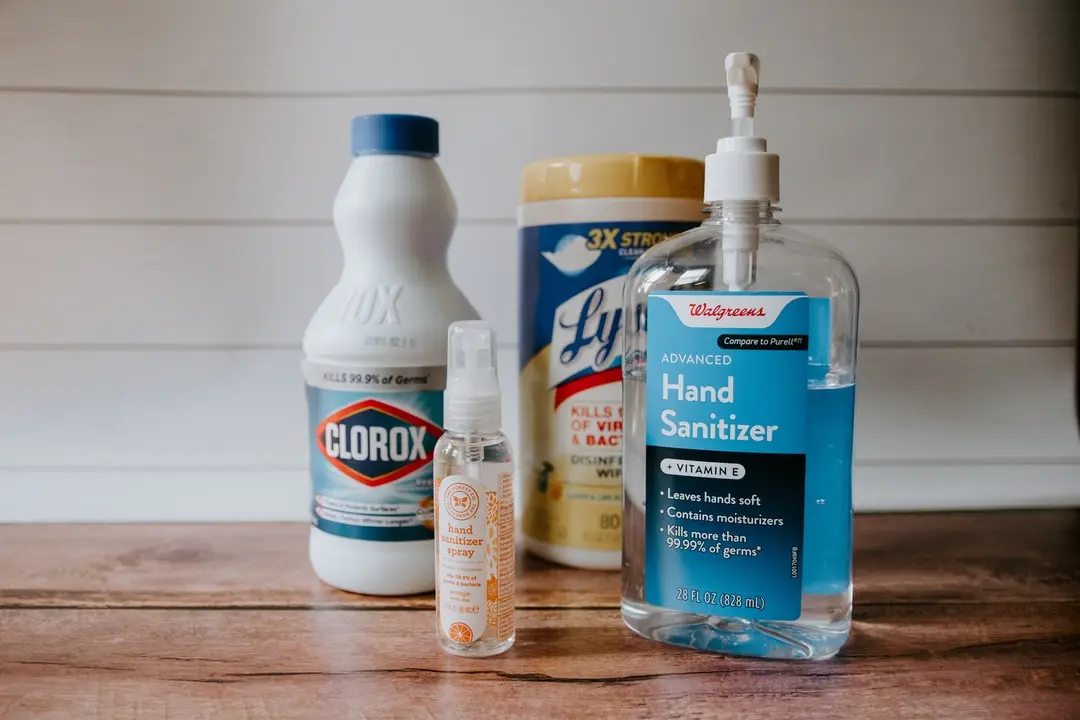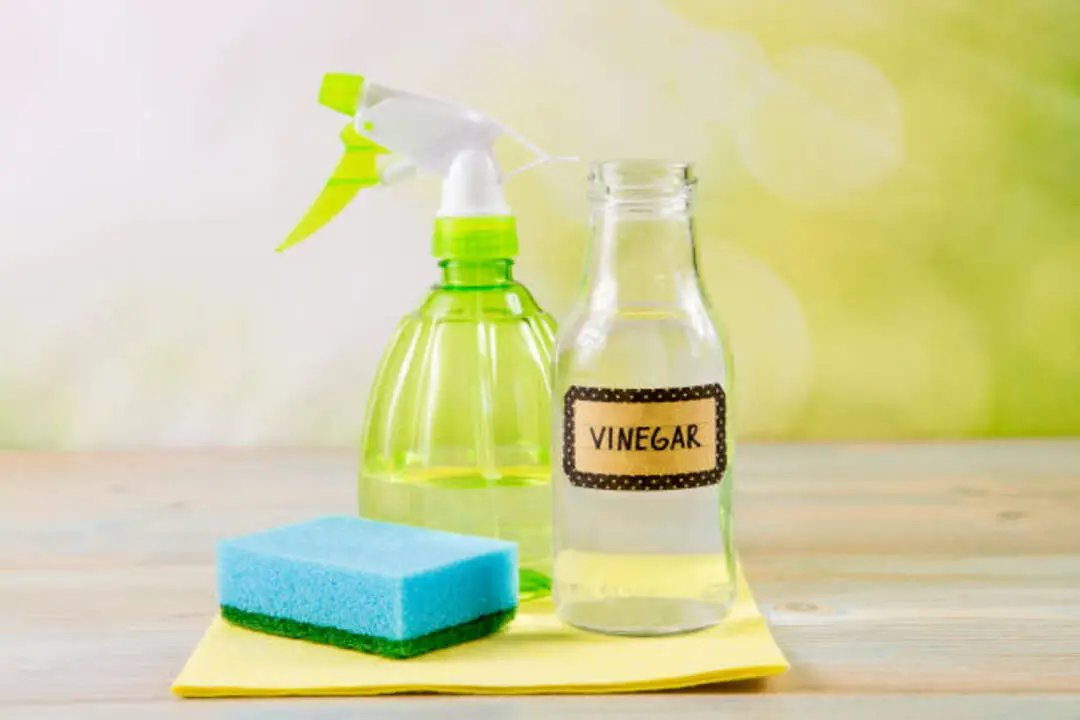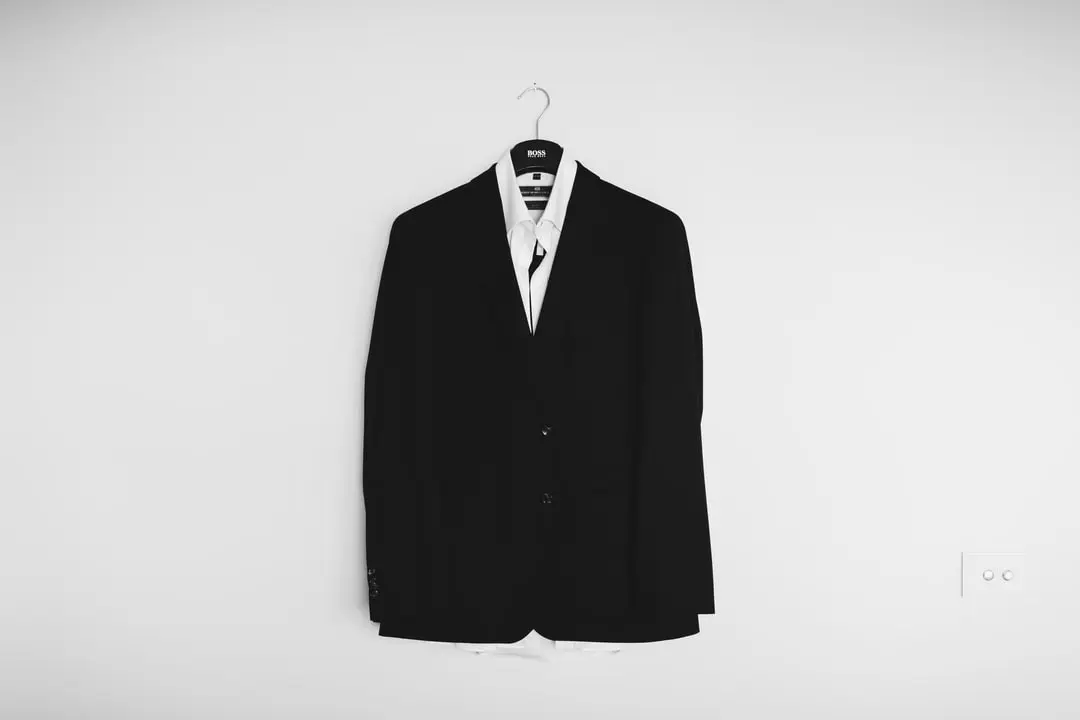Are you frustrated with brown spots appearing on your clothes post-wash? This can be due to a number of factors, like detergent residue or even rust.
Our comprehensive guide will walk you through the potential causes, provide effective solutions, and, most importantly, teach you how to prevent this from happening.
Keep reading to put an end to these pesky laundry stains!
Key Notes
- Brown spots on clothes after washing can be caused by hard water, mildew, rust, or fabric softener residue.
- To remove brown stains, pre-treat with stain removers, use vinegar or lemon juice in the wash, and adjust laundry practices for hard water areas.
- Prevent brown spots by regularly cleaning and maintaining your washing machine, using fabric softener sparingly, or trying alternative methods like dryer balls or vinegar as a substitute. Also, consider installing a water softener if you have hard water.
Possible Causes of Brown Spots on Clothes After Washing
Hard water, mildew, rust, and fabric softener residue are the possible causes of brown spots on clothes after washing.
1. Hard water
Hard water can leave brown spots on clothes. It has too much calcium and magnesium. These minerals stick to your clothes during a wash. They mix with the soap in the water. This forms a hard, sticky soap scum.
The scum sticks to your clothes and leaves ugly brown stains.
2. Mildew
Mildew is another possible cause of brown spots on clothes after washing. It thrives in warm and damp environments, making your washing machine an ideal breeding ground. When mildew grows inside the drum or other parts of the machine, it can transfer to your clothes during the wash cycle.
To tackle mildew stains, it’s important to clean and disinfect your washing machine regularly. Use a solution of white vinegar or bleach to kill the mildew and prevent further growth.
Additionally, make sure you dry out your washing machine thoroughly after each use by leaving the door open or wiping down any moisture.
3. Rust
Rust is another possible cause of brown spots on clothes after washing. If your washing machine has rusted parts or there is rust in the water supply, it can leave stains on your clothes.
Rust stains are usually reddish-brown in color and can be difficult to remove. To prevent this issue, regularly inspect and clean your washing machine for any signs of rust. You may also consider installing a water softener to minimize the presence of rust in the water.
4. Fabric softener residue
Fabric softener residue can contribute to the appearance of brown spots on clothes after washing. When fabric softener is not properly diluted or rinsed out during the wash cycle, it can leave behind a sticky residue on clothing fibers.
This residue can attract dirt and other particles, causing discoloration and staining. To prevent this issue, make sure to follow the recommended dosage for fabric softener and never pour it directly onto clothes.
Additionally, consider using alternative methods such as dryer balls or vinegar to soften your laundry without leaving behind any residue. Regularly cleaning your washing machine and ensuring that it is properly rinsing out all detergents and additives will also help eliminate fabric softener buildup and prevent brown spots on your clothes.
Effective Solutions for Removing Brown Stains From Clothes
Pre-treatment with stain removers, using vinegar or lemon juice in the wash, and adjusting laundry practices for hard water areas are just a few effective solutions you can try. Read on to discover more tips!
1. Pre-treating with stain removers
To effectively remove brown stains from your clothes, pre-treating them with stain removers is a helpful step. Before washing your clothes, apply the stain remover directly to the affected areas and gently rub it in.
Let it sit for a few minutes to allow the product to penetrate the fabric and break down the stain. After pre-treating, wash your clothes as usual. Stain removers contain powerful enzymes that can help dissolve tough stains like oil, rust, or fabric softener residue.
By giving your clothes this extra treatment before washing, you increase the chances of completely removing those stubborn brown spots.
Remember to choose a stain remover that is suitable for the type of fabric you are treating and follow its instructions carefully. Some stain removers may require rinsing before placing the garment in the washing machine.
Additionally, avoid using bleach on colored clothing, as it can cause further discoloration.
2. Using vinegar or lemon juice in the wash
Adding vinegar or lemon juice to your laundry can help remove brown spots from clothes caused by detergent residue or hard water. These natural ingredients act as mild acids that break down the stains and improve the effectiveness of your detergent.
Simply add about half a cup of white vinegar or lemon juice to the wash cycle along with your regular detergent. This will help remove any buildup on your clothes and leave them looking fresh and clean.
It’s a simple and cost-effective solution that can make a big difference in getting rid of those pesky brown spots.
3. Adjusting laundry practices for hard water areas
If you live in an area with hard water, it’s important to adjust your laundry practices to prevent brown spots on your clothes. Hard water contains minerals that can react with laundry detergent and leave behind stains on clothes.
To combat this, try using a water softener or adding a water conditioner during the wash cycle. You can also increase the amount of detergent used or switch to a more powerful formula designed for hard water.
Additionally, using vinegar or lemon juice as a natural fabric softener can help remove mineral deposits and prevent staining.
Tips for Preventing Brown Stains on Clothes

– Clean and maintain your washing machine regularly to prevent the buildup of residue and dirt.
– Use fabric softener sparingly or consider alternative methods such as using dryer balls or adding vinegar to the rinse cycle.
– Install a water softener if you have hard water in your area to reduce mineral buildup on your clothes.
– Make sure to properly clean and dry metal buttons, zippers, and other accessories before washing them with your clothes.
1. Regularly clean and maintain the washing machine
To prevent brown spots on your clothes, it’s important to regularly clean and maintain your washing machine. Over time, residue from previous loads can build up inside the drum and contribute to stains on your clothes.
To avoid this, make sure to run an empty cycle at least once a month to clean the drum and remove any greasy residue. This will help keep your washing machine working efficiently and prevent those unsightly brown spots from appearing on your clothes.
Proper maintenance is key to ensuring that your laundry comes out looking fresh and stain-free every time you wash.
2. Use fabric softener sparingly or switch to alternative methods
To prevent brown spots on your clothes, it’s best to use fabric softener sparingly or try using alternative methods. Fabric softeners can leave a residue on clothes that may contribute to discoloration.
Instead, consider using dryer balls or wool dryer balls as a natural alternative. These can help soften your clothes without leaving any stains behind. Another option is to add a cup of white vinegar during the rinse cycle as a fabric softener substitute.
It helps remove detergent residue and leaves your clothes feeling fresh and clean. By reducing your reliance on fabric softener or trying these alternatives, you can avoid those pesky brown spots on your laundry!
3. Consider installing a water softener
Installing a water softener can be beneficial for preventing brown spots on your clothes. Hard water, which contains high levels of minerals like calcium and magnesium, can leave behind residue that causes stains on fabrics.
A water softener helps to remove these minerals from the water supply, resulting in softer water for laundry. By reducing mineral buildup in your washing machine, you can minimize the chances of brown spots appearing on your clothes after washing.
Frequently Asked Questions

1. Why is my washing machine leaving brown spots on clothes?
The brown spots on your clothes can be caused by rust, mineral buildup, or dirt in the washing machine that transfers onto the fabric during the wash cycle.
2. How can I fix the issue of brown spots on my clothes?
To fix the issue of brown spots on your clothes, clean your washing machine’s drum and agitator thoroughly using a mixture of vinegar and water or a commercial washing machine cleaner. Also, check for any rusty parts and replace them if necessary.
3. What can I do to prevent my washing machine from leaving brown spots on my clothes?
To prevent your washing machine from leaving brown spots on clothes, regularly clean and maintain it by running an empty hot water wash with vinegar or a cleaning agent specifically designed for washing machines. It is also important to avoid overloading the washer and ensure proper rinsing.
4. Can detergent residue cause brown spots on clothes in a washing machine?
Yes, detergent residue can contribute to the formation of brown spots on clothes if it is not properly rinsed out during the wash cycle. Make sure to use appropriate amounts of detergent and choose high-quality products that dissolve easily in water.
Conclusion and final thoughts 💭
In conclusion, brown spots on clothes after washing can be frustrating, but there are solutions. By understanding the possible causes, like hard water and fabric softener residue, you can take effective steps to remove these stains.
Regular maintenance of your washing machine and adjusting your laundry practices can also help prevent brown spots from happening in the future. Remember to stay vigilant and seek professional help if needed.


